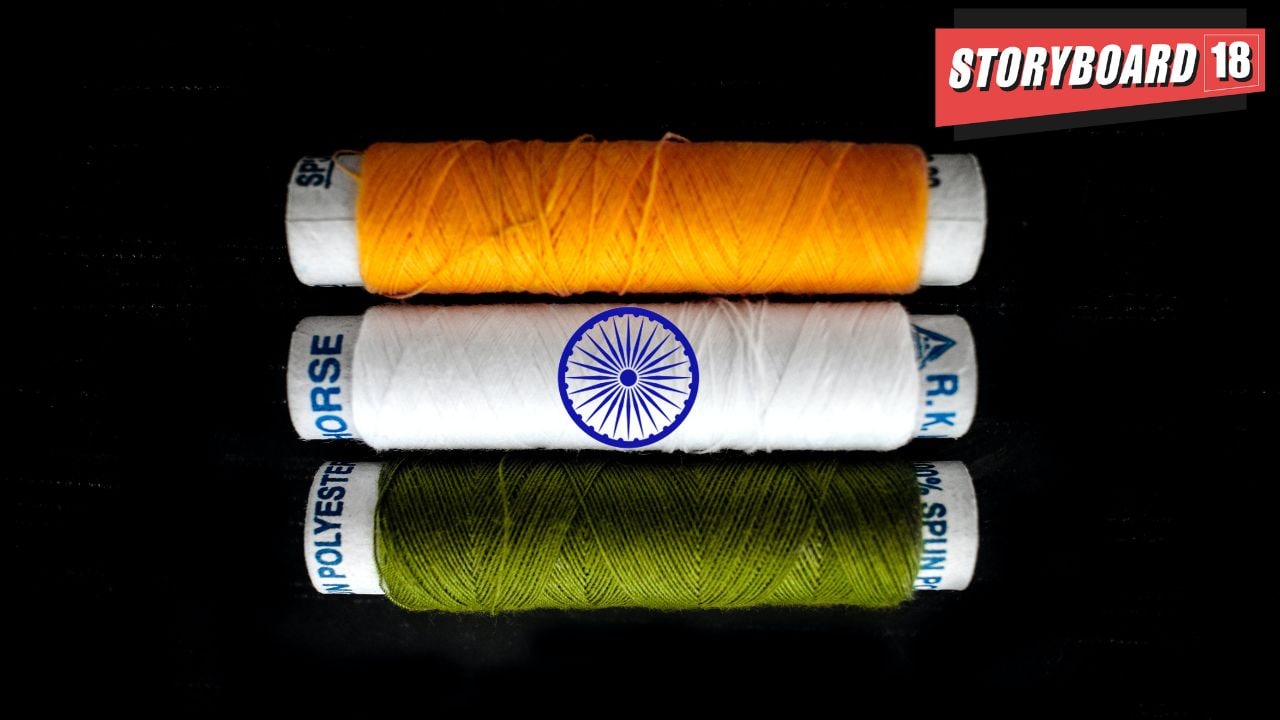In an interesting turn of events, India is likely to be renamed Bharat. This comes as the official invite to the G20 Heads of State and ministers for a dinner being hosted by President Droupadi Murmu has gone with the heading President of Bharat, reports CNBC-TV18. Earlier invitations had the heading President of the Republic of India. This is likely to be taken up in the Special Session of Parliament. The move is being seen as an attempt to avoid confusion with the Opposition alliance INDIA, stated the CNBC-TV18 report.
According to brand experts, the reasons for changing the name of a country are multifold. Some believe that countries usually change their names for image makeover purposes, and others think it’s a pure political play.
In 2020, Holland became the Netherlands. This was done because the government there wanted to position itself as an open, inventive, and inclusive country. This was also done to indicate that they have a modernist approach.
Countries are also renamed for political or nationalistic reasons, such as to erase signs of colonial control or to reflect the government’s planned strategies to bring about change. For instance, Persia changed to Iran; Kampuchea changed to Cambodia; Swaziland changed to Eswatini; and Ceylon changed to Sri Lanka.
Harish Bijoor, a business and brand strategy expert, tells Storyboard18 that a lot happens when a country decides to change its name. If India plans to go with the name Bharat, “India will represent colonial India and will represent a country nomenclature that is anglicised. Bharat will then represent contemporary India,” he says.
“In many ways, this renaming possibility is not going back to the past. Instead, it is going into the future. This was bound to happen. It just might have happened already,” he further explains.
Meenakshi Menon, an ad veteran, entrepreneur, and founder of Spatial Access, minces no words. According to her, India and Bharat have always coexisted. “By doing away with India, they (the government) are actually doing away with Bharat. This is the worst thing to do. Can you imagine the amount of public money that the government would have to spend to convert everything from India to Bharat? Print new money, change passports, Aadhaar, PAN, the list is endless. Our politicians have completely lost the plot. They have demonstrated their inability to tackle the big issues facing the country. So these hyper-nationalistic moves to quell the questions and the disquiet,” she opines.
As per historical timelines, when India gained independence from British rule in 1947, the framers of the Constitution gave a lot of thought to naming the country. Given the rich and diverse language set, it was decided that both “Bharat” and “India” would be used. Article 1 of the Indian Constitution states, “India, that is, Bharat, shall be a Union of States.”
Over the years, India has been commonly used in the international context and is obviously more recognisable. On the other hand, Bharat is used in Hindi and other regional languages. Many a times to evoke a sense of patriotism. Bharat is also used by marketers to indicate regionalism and diverse market trends. From a national building perspective, brand experts have mixed reactions to this possible name change. Rest, as they say, is a matter of wait and watch.
